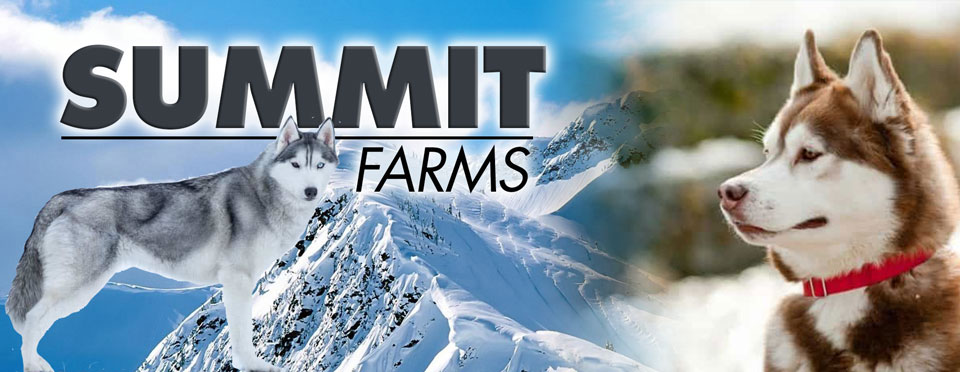About Various Alaskan Dogs
Alaska, with its rugged landscapes and cold climate, is home to several dog breeds and types that have played significant roles in the history and culture of the region. Here's an overview of Alaskan dogs:
Alaskan Malamute:
One of the oldest Arctic sled breeds. Heavy, sturdy build designed for strength and endurance to haul heavy freight. Has a thick double coat. Friendly and sociable but can be quite independent.
Alaskan Husky:
As mentioned earlier, it's not a recognized purebred but rather a type bred for sled racing performance. A mix of various breeds, including Siberian Husky, Alaskan native dogs, and even some hounds or pointers.
Siberian Husky:
Though not originally from Alaska, this breed has a deep history in sled racing in the region. Lighter build than the Alaskan Malamute. Known for their striking appearance, often with blue eyes and facial masks. Energetic, playful, and can be a bit mischievous.
Alaska Klee Kai:
A newer breed developed in the 1970s to be a companion-sized version of the Alaskan Husky. Looks like a mini Husky. Intelligent, alert, and can be a bit reserved with strangers.
 Inuit Sled Dog (or Canadian Eskimo Dog):
Inuit Sled Dog (or Canadian Eskimo Dog):
Though more closely associated with Canada, they share a common heritage with other Arctic breeds. Used by the Inuit people for transportation in the Arctic for over a thousand years. Very strong and hardworking with a wolf-like appearance.
The relationship between the people of Alaska and their dogs is deeply rooted in history. These breeds and types have been crucial for transportation, work, and companionship in the challenging Arctic environment. Over time, they've also gained popularity outside of Alaska for their unique characteristics and capabilities.
